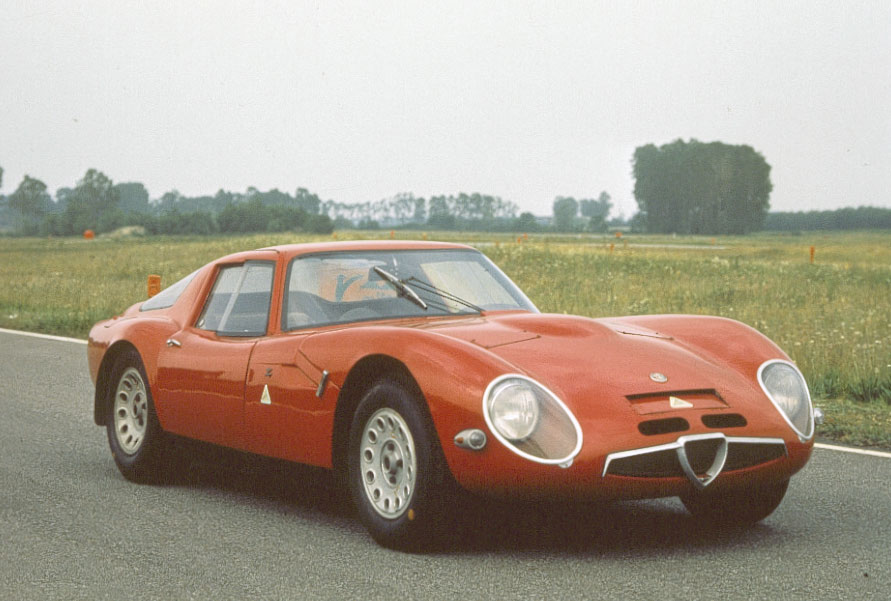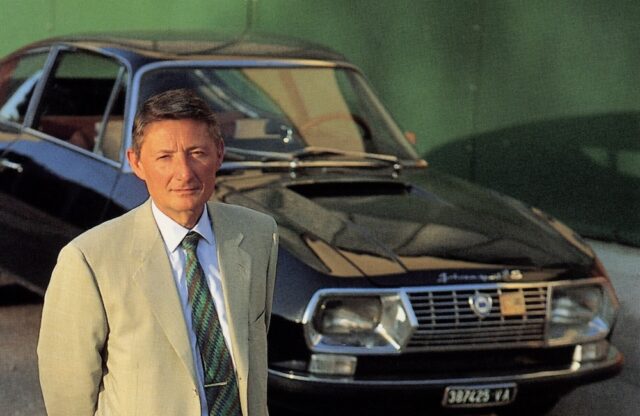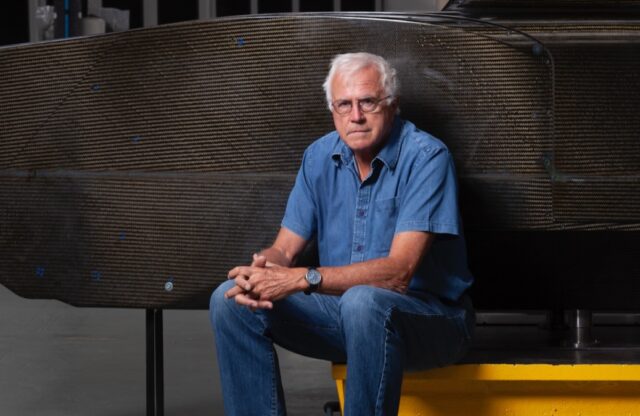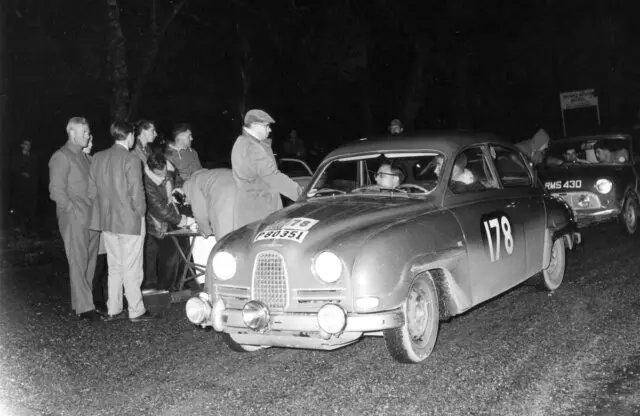Italian car designer Ercole Spada, who died on August 3, 2025 aged 88, had stints with the Ford-owned Ghia design house, Audi and BMW – yet he made his name in the early days of his career at Zagato.
His first work there was the Aston Martin DB4 GT Zagato, but he was also responsible for the Alfa Romeo SZ, TZ and Junior Z, the Lancia Fulvia Sport and even the Mazda MX-3.
When, in 2023, Alfa Romeo design boss Alejandro Mesonero-Romanos announced that next-generation Alfas will bring back the Coda Tronca (short tail) of the 1960s SZ and TZ designs into the company’s current design language, we spoke with Ercole Spada about his legacy and the design of the SZ, TZ and TZ2.

“Ever since I was a child, I had an interest and admiration for German cars,” Spada told us. “Perhaps I read something where I found the ‘patent’ of professors Wunibald Kamm and Reinhard von Koenig-Fachsenfeld, who theorised about the abrupt cutting off at the rear of the body as an aerodynamic improvement.
“I had already adopted this shape in 1962 to improve the performance of the Alfa Giulietta SZ. Besides improving the drag co-efficient, it reduced lift at the rear end. After this positive experience, I have always applied this principle in various ways, to sedans and limousines as well.”
Although the stark Alfa designs would prove influential, at the time Spada’s work was radical. “Perhaps someone had explored this principle in years past, but no one had the courage to apply it so drastically,” Ercole reflected. “I decided to experiment after disappointing results with more acceptable forms. Having confirmed the performance, it could no longer be ignored.”
That improved performance could come only with deep thinking with regards to general layout. “It is a matter of grouping the mechanical organs, placing the driver’s seat as low as possible, more in the centre of the car, lowering the radiator – all to have a reduced ‘main section’ and better shape profiling,” Ercole explained. “The skin [bodywork] should skim all the bulk.”
The TZ and TZ2 are arguably the most revered proponents of the Coda Tronca principle, but it could have been very different. Ercole again: “Giuseppe Busso was directing the project for Alfa, and he wanted a spider shape for the first prototype, which is notorious for not being the most suitable for good aerodynamics.
“After the first tests confirmed this defect, I designed and made a fairing that transformed it into a coupé. Having confirmed its effectiveness, I redesigned the shape. After the first tests proved that a flap [lip] around the entire rear end increased the speed by about 2km/h, it was finally incorporated into the shape.”
The TZ2 follow-up featured several engine changes, which aided Ercole’s pursuit of aerodynamic perfection. “In addition to having dual ignition, it had a dry sump, which allowed the engine to be lowered,” he said.
“Another important modification was relocating the exhaust, which no longer passed under the seat. This allowed the seat to be lowered, assisted by lowering the steering wheel by having the column pass under the oval transverse pipe. This overall lowering, as well as reducing the main section, allows the shape to be flattened, and widened for the new tyres. The shape is less rounded and simpler by forgoing the side window.”
It’s a period Ercole looked back on fondly. “Today I like to make illustrations of my cars taken during the races they have competed in,” he said. “Those who design sports cars have the greatest satisfaction when they bring back important victories, as is the case with the TZs.”
Original interview by Nathan Chadwick, with thanks to both Gautam Sen and Paolo Spada.




